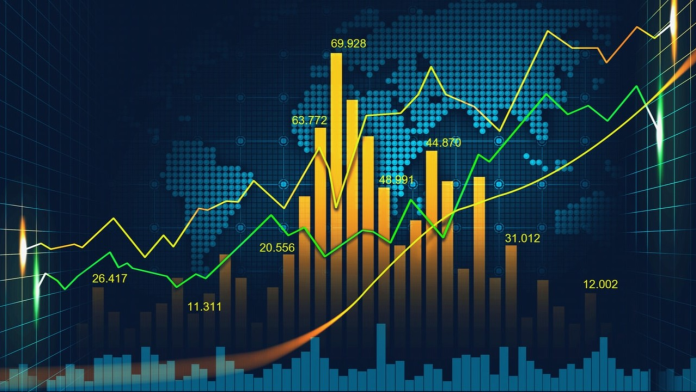In the field of finance known as quantitative finance, financial data is analysed using mathematical models and statistical analysis in order to make investment decisions. In the area of quantitative finance, algorithmic trading has become a vital tool in recent years. Using computer programmes to carry out transactions automatically based on established rules and algorithms is known as algorithmic trading.
The Reasons Why The Use of Algorithmic is Rising
The rise of algorithmic trading in quantitative finance has been driven by several factors. One of the key benefits of algorithmic trading is its ability to process vast amounts of data quickly and accurately. This enables traders to make better-informed decisions based on real-time market data. Additionally, algorithmic trading can be used to automate the execution of trades, eliminating the need for human intervention, and reducing the potential for human error.
Algorithmic trading has also helped to level the playing field for individual investors. In the past, large institutional investors had a significant advantage in the markets due to their access to advanced technology and resources.
However, algorithmic trading has made it possible for individual investors to compete on a more equal footing. By using algorithms to execute trades automatically, individual investors can take advantage of the same market opportunities as larger institutions.
Algorithmic Trading Strategies
There are several different types of algorithmic trading strategies that are used in quantitative finance. One common strategy is known as trend-following. This strategy involves analysing past market data to identify trends and patterns. Once a trend has been identified, the algorithm will enter a trade in the direction of the trend, with the goal of profiting from the continuation of the trend.
Another common strategy is mean reversion. This strategy involves identifying when a stock or other asset is trading at a price that is significantly above or below its historical average. The algorithm will then enter a trade with the expectation that the asset’s price will eventually return to its historical average.
In addition to trend-following and mean reversion, there are many other algorithmic trading strategies that can be used in quantitative finance. For example, some traders use machine learning algorithms to analyse vast amounts of data and identify patterns that are not easily detectable by human traders. Others use algorithms to execute trades based on news or other market events, with the goal of profiting from short-term price fluctuations.
Risks Involved in Algorithmic Trading
While algorithmic trading provides a lot of advantages, there are certain hazards as well. One concern is the potential for technological malfunctions or flaws in the algorithms themselves. A glitch or other flaw in an algorithm might cause the trader or investor to sustain substantial losses. Moreover, algorithmic trading can add to market volatility, since algorithms may react to market movements in a way that accentuates price changes.
Notwithstanding these hazards, algorithmic trading is anticipated to continue to play a significant role in quantitative finance in the future years. Algorithmic trading is anticipated to become a more crucial tool for traders and investors as technology develops and data becomes more accessible.



 Bitcoin
Bitcoin  Ethereum
Ethereum  Tether
Tether  XRP
XRP  Solana
Solana  USDC
USDC  TRON
TRON  Cardano
Cardano  Lido Staked Ether
Lido Staked Ether  Avalanche
Avalanche  Toncoin
Toncoin